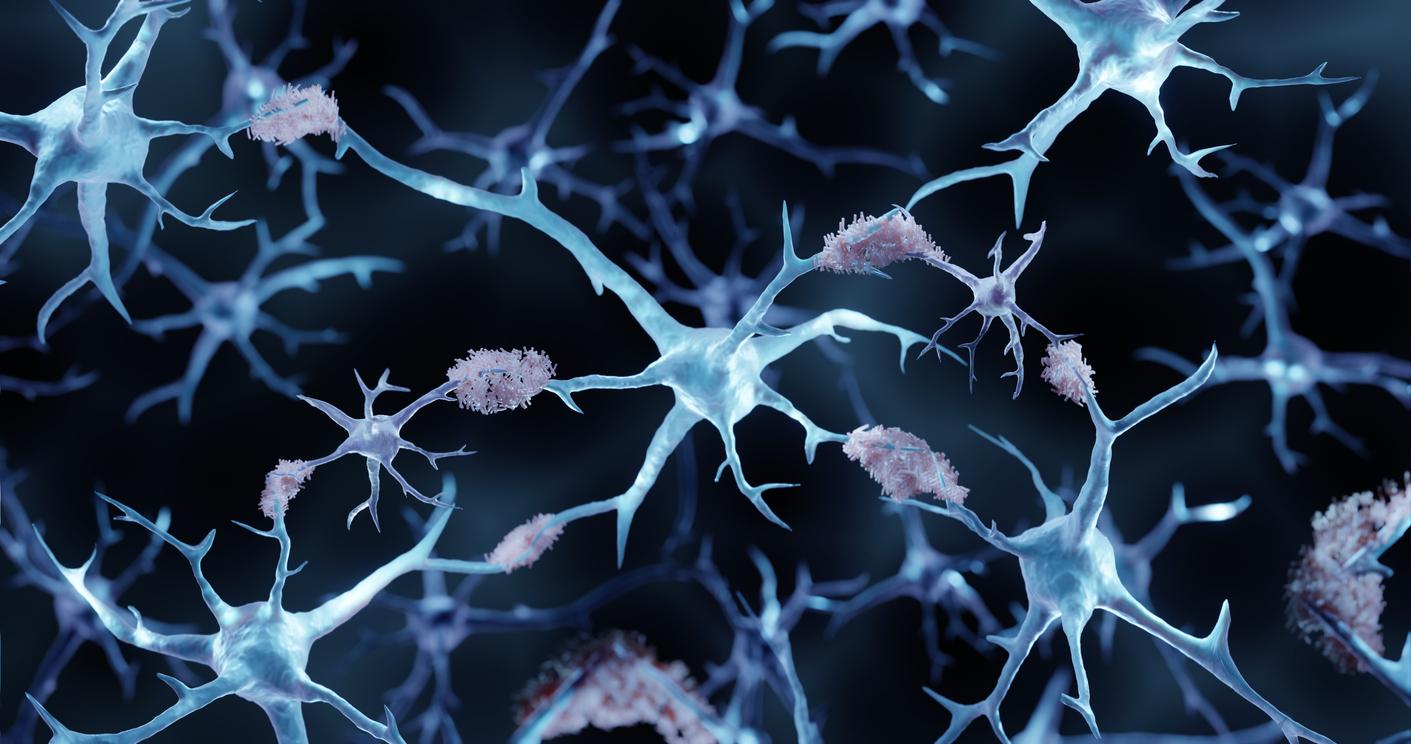When we are under chronic stress or after a long illness, our hair sometimes turns gray. Until now very mysterious, this phenomenon has just been explained by a new American study.

After a long illness or with chronic stress, hair loses its natural color and becomes tinted gray or white. This phenomenon called canities can even occur in relatively young people. Due in part to genetic factors, it still remained largely an enigma for the scientific community.
A team of researchers from the National Institutes of Health (NIH) and the University of Alabama, Birmingham, may have just unraveled the mystery. In a study published this week in the journal PLOS Biology, they say they discovered that the immune system, and in particular interferons, play a predominant role in hair bleaching.
The immune system’s response
Our hair, before being blond, brown or red, is actually naturally white. They are colored by a pigment, melanin, which is produced by cells called melanocytes. These melanocytes are positioned in the hair follicles. As each hair grows, it is “infused” with melanin, which gives it its color. As we age, melanocytes slow down and slowly disappear, which reduces the amount of pigment produced and leaves us with gray, then white hair.
This phenomenon can be accelerated in the event of illness or when the organism is subjected to a period of significant stress. When the body is invaded by a pathogen, the innate immune system is the first responder. Also called the nonspecific immune system, it includes the cells and mechanisms that allow the body to defend itself against infectious agents immediately.
The cells that make up the innate immune system have the ability to recognize invaders and when they do, they release interferons, proteins that cause other cells to act as well by increasing the activity of genes that block viral replication. .
Melanocytic stem cell dysfunction
Lead author of the study Melissa Harris, assistant professor in the Department of Biology at the University of Alabama, explains how they came across this surprising link between hair color and interferons while conducting tests on mice . “My lab harnesses the power of graying mouse models to better understand stem cells and aging. The stem cells we are studying are the melanocytic stem cells of the hair follicle, which are the stem cells essential for the production of melanocytes,” explains she at the site Gizmodo.
With his team, Professor Harris was particularly interested in a particular gene in melanocytes, called the melanogenesis-associated transcription factor (MITF) gene. It is this gene that tells melanocytes to produce melanin.
In mice whose fur turned gray early, the researchers first noticed that their MITF production was unusually high: which probably led them to deplete their melanocyte reserves quickly. More surprisingly, they also found that mice that produced less MITF also had the coat that turned gray.
They then suggested that MITF not only supervises the production of melanin in melanocytes, but also controls the genes responsible for the release of interferons. Without enough MITF, melanocytes produce too much interferons, which then prompts the immune system to attack the melanocytes, which no longer produce melanin. Hence the appearance of gray hair.
Towards a better understanding of vitiligo?
For researchers, this finding is important, since it suggests that these are the same genes that control both hair, eye and skin pigmentation, and the immune system. This connection may in particular help them understand certain pigmentation diseases such as vitiligo, which causes discolored patches of skin and affects between 0.5 and 1% of the world population. “Many researchers working on vitiligo have already speculated on the role of innate immunity in the etiology of vitiligo. This work is just one more step towards identifying mechanisms capable of initiating vitiligo”, Professor Harris told the site ZME Science.
Gray hair in humans
According to another study conducted last December on 790 men under the age of 40 with coronary artery disease and 1,270 in good health, young men with coronary artery disease more often have premature graying of their hair (50% vs. 30%) and early baldness (49% versus 27%). Early baldness and premature gray hair would be the strongest predictors of coronary artery disease in young men, ahead of obesity.
These results go hand in hand with those of an Egyptian study presented in Malaga (Spain) at the congress of the European Society of Preventive Cardiology in April 2017 which affirmed graying hair would be a harbinger of heart attack in humans. “Our results suggest that graying indicates the biological age of patients and could be a warning sign of a heart attack,” Dr Samuel explained, adding that patients at high risk for heart disease should be closely monitored. and preventive treatment, even if they have no symptoms.

.















